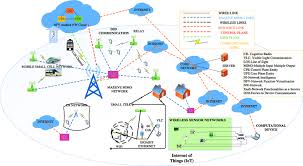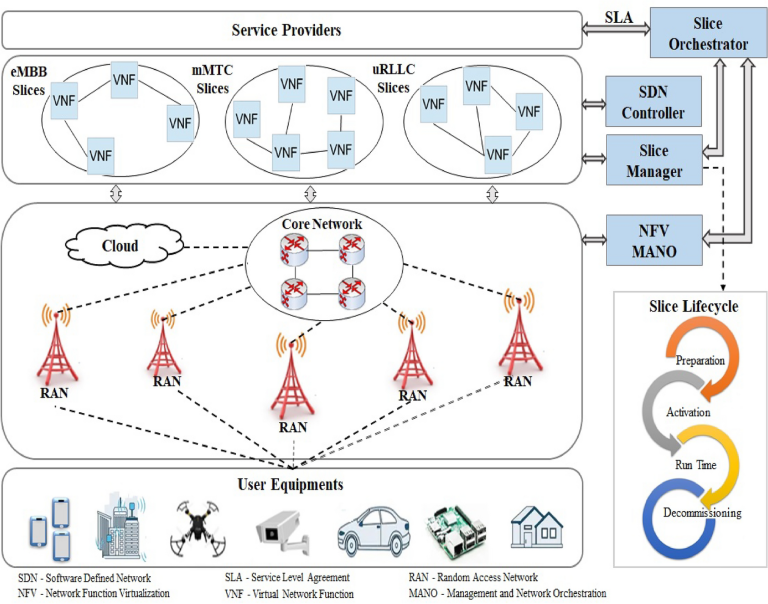What is Wireless Distribution System (WDS): Enhancing Your Network’s Reach and Efficiency
telcomatraining.com – In today’s digital age, the need for a reliable and expansive wireless network has never been more important. Whether at home or in business settings, an efficient network is essential for smooth internet access, seamless connectivity, and enhanced productivity. This is where the Wireless Distribution System (WDS) comes into play. But what exactly is WDS, and how does it enhance your network’s reach and efficiency? Let’s explore its features and benefits in this article.
What is Wireless Distribution System (WDS)?
A Wireless Distribution System (WDS) is a system that allows wireless network devices, such as routers and access points (APs), to communicate and interconnect wirelessly, extending the coverage of a Wi-Fi network. WDS essentially enables multiple routers or access points to create a larger, more expansive network by wirelessly relaying signals between devices, thus eliminating the need for physical cables.
WDS allows the use of existing routers to extend the range of a Wi-Fi network in large spaces, such as offices, warehouses, or multi-level homes, where a single router might struggle to provide a stable signal across all areas. With WDS, a Wi-Fi signal can be relayed between devices, ensuring coverage in even the most challenging spaces.
How Does WDS Work?
WDS operates by creating a bridge between routers and access points that communicate wirelessly. Typically, a primary router is connected to the internet and acts as the main source of the network’s signal. Secondary routers or access points are then placed in areas with weak signals. These secondary devices wirelessly connect to the main router, and in some cases, to other access points in the network, forming a mesh-like system.
The role of the secondary devices is to extend the network’s reach by repeating the signal to areas that might otherwise be out of range of the primary router. The wireless signal is forwarded from one router to another, increasing the effective coverage of the Wi-Fi network.
Key Benefits of WDS
- Extended Coverage Area
One of the main advantages of using WDS is its ability to expand the coverage area of your wireless network. By strategically placing additional routers or access points, WDS can fill in dead zones, providing Wi-Fi connectivity in areas where the primary router’s signal would not reach. This is particularly helpful in large buildings or areas with thick walls that block signals. - Easy Setup and Installation
Unlike traditional wired network extenders that require extensive cabling and installation, WDS offers a wireless solution. It allows you to expand your network without the hassle of running cables, making it easier to set up and install. As long as the routers support WDS functionality, the setup can be done within minutes. - Cost-Effective
Rather than purchasing a dedicated Wi-Fi extender or mesh system, you can use existing routers or access points to create a WDS network. This makes WDS a cost-effective solution for expanding your network without having to invest in expensive networking equipment. - Maintaining Single Network Name (SSID)
When properly configured, WDS allows all connected devices (routers and access points) to maintain the same Network Name (SSID). This means that users can move from one area of the network to another without needing to manually switch between different networks, offering a seamless browsing experience. - Improved Performance and Reliability
With WDS, data can be transmitted over multiple routes, reducing the chances of congestion or interference from other devices. By distributing the load among multiple devices, WDS can offer more reliable and efficient Wi-Fi performance compared to a single router setup.
Limitations of WDS
While WDS offers numerous benefits, there are some limitations to keep in mind.
- Reduced Speed
WDS networks often suffer from reduced speeds compared to direct connections. As the signal is passed between routers, the data speed may decrease due to the additional wireless hops. To mitigate this, it’s important to place routers in optimal locations to ensure maximum performance. - Compatibility Issues
Not all routers support WDS, and compatibility can vary across different manufacturers. It is important to ensure that the devices you plan to use for WDS are compatible with each other to avoid connectivity issues. - Security Concerns
Wireless communication can be vulnerable to security breaches, and WDS networks are no exception. To ensure a secure network, it’s crucial to implement strong encryption methods like WPA2 to protect your network from unauthorized access.
Is WDS Right for You?
WDS is an excellent option if you are looking to extend your wireless network’s reach without running physical cables. It’s ideal for larger spaces or homes with thick walls that hinder signal strength. However, if you are dealing with a high-density area with many users or require higher speeds, you may want to consider other alternatives like mesh Wi-Fi systems, which can offer better performance and reliability.
Conclusion
In conclusion, a Wireless Distribution System (WDS) is a valuable tool for expanding the reach and efficiency of your Wi-Fi network. By enabling multiple devices to wirelessly communicate and extend the signal, WDS can help eliminate dead zones, improve network reliability, and reduce the need for costly and complex installations. As long as you are aware of its limitations and ensure compatibility, WDS can be an effective solution to enhance your network’s performance and coverage.







